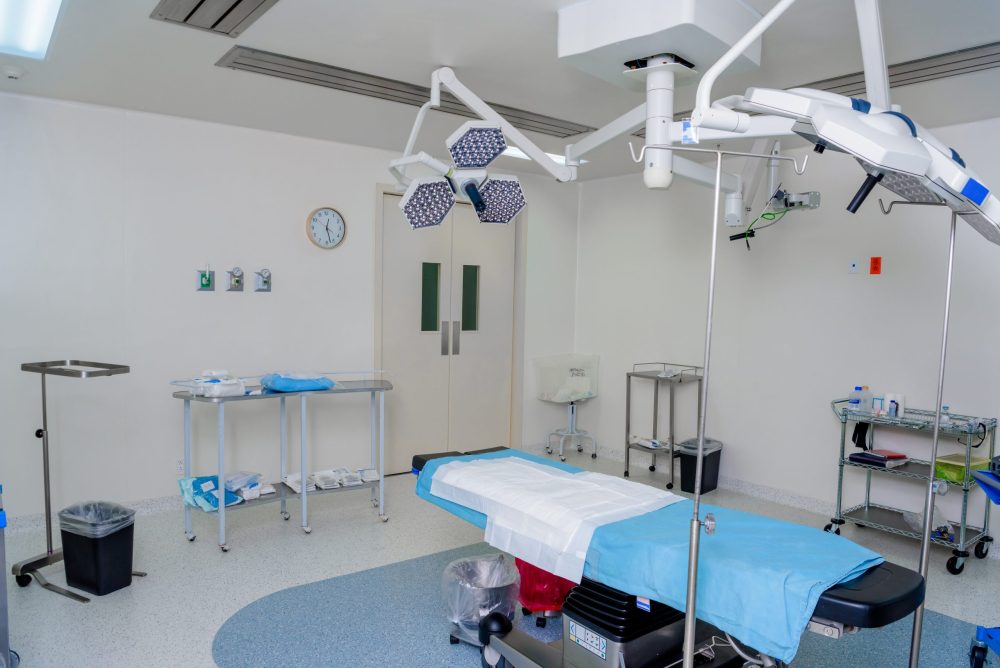
It really is unfortunate that TMJ surgery is so misunderstood. Most patients, when told they might benefit from surgery, look it up online only to discover very scary pictures where the incision goes from the ear down to the chin on each side of their face. Then, after more research they learn that their teeth are wired shut for two months and they are forced to eat from a straw. This would scare anybody from having the procedure done!
The truth of the matter is that if you work with an experienced TMD (Temporomandibular Disorder) specialist, then such an advanced procedure is rarely necessary. The path toward surgery should always try to be avoided, but sometimes it is simply necessary.
When a patient first begins treatment, they must do an MRI to figure out how damaged the discs in the jaw joints really are. This gives the specialist a good baseline to begin with so that a comparison MRI 12-18 months later will help to determine if enough healing has occurred so that surgery is not needed. It’s all relative- if after the 12–18-month appliance therapy period, the patient just feels great, yet the discs are not quite perfect position, then no surgery is indicated. If there is still substantial discomfort, then there would be a discussion about the type of surgery and how to finish the case.
In almost all cases that require surgery, the process is either plication (put the discs back into proper anatomic position) or meniscectomy (remove the remnants of the damaged discs). In either case, the surgeon makes an incision that is only one inch long at the little crease just in front of the ear. He then goes into the joint and will fix the problem either way. Sutures are done internally to keep the discs where they should be, and external sutures are done to seal the area. These two surgeries are considered simple and logical and when done will last a lifetime in almost all cases. The key factor is having a surgeon who has done many cases over the years. It should also be mentioned that TRJ (Total Joint Replacement) is only done when the top of the jawbone (the condyle) is severely eroded beyond any reasonable chance of repair. This is a rather heavy-duty surgery because you are in full braces and the jaws are wired shut for a few months. Eating through a straw is no fun, but there are few other options.
Because TMD treatment is so misunderstood and mismanaged, there are many opinions coming from many practitioners about the proper course of treatment. Some surgeons will ONLY perform TJR while others would do arthrocentesis (flushing the joints) before considering plication or meniscectomy. For these reasons, insurance companies are hesitant to pay for a procedure and call it all ‘experimental’ which it most certainly is not. So please be well informed and understand the options!
